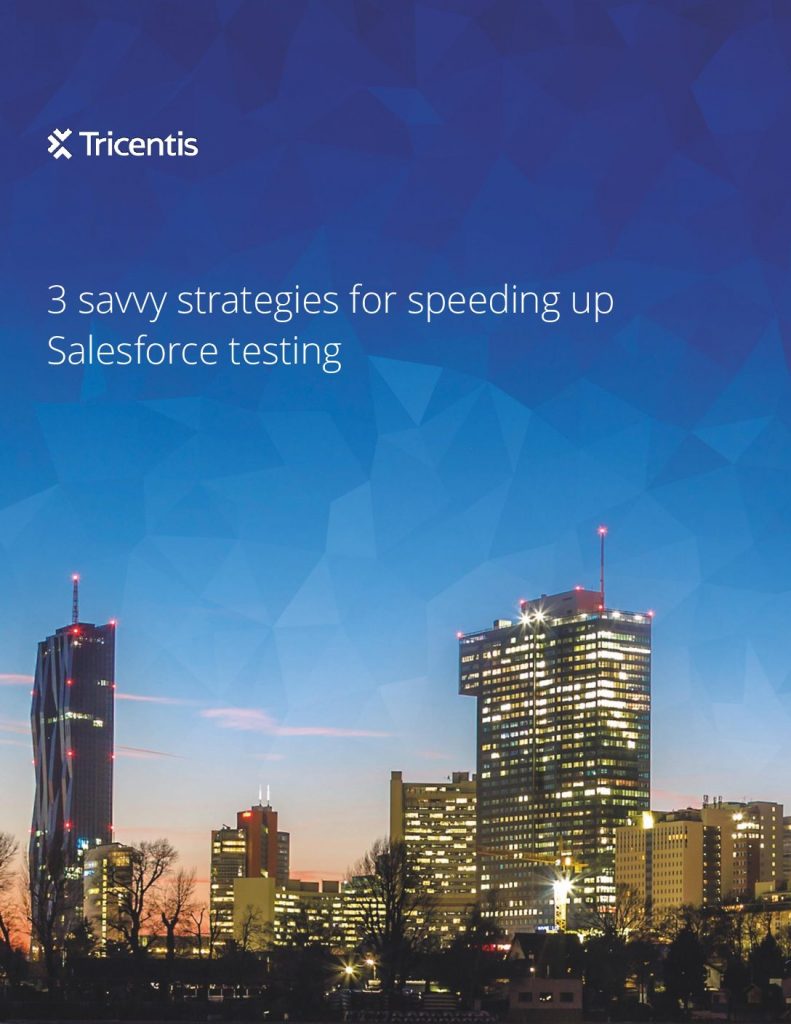Salesforce’s cloud-based architecture and easy extensibility make it a powerful tool for innovation. But there is a catch. Because Salesforce focuses on an organization‘s most critical data and processes, any update, extension, or customization must be thoroughly tested.
The challenge for Salesforce teams is that most Salesforce testing is performed manually, which leads to bottlenecks that slow down innovation. Traditional automation doesn’t help either, as test scripts are notoriously difficult to maintain in Salesforce. Add to this the complexity of testing across multiple clouds, connected applications, and a mix of Salesforce Classic and Lightning UIs and it becomes easy to see how teams can struggle to keep up with testing.
Read this white paper to learn 3 key strategies to follow that will help you break the bottleneck of Salesforce testing, including:
How to prevent regression testing from overwhelming your teams
The right (and wrong) approaches to take when automating Salesforce testing
A smart way to keep others from breaking your Salesforce workflows






